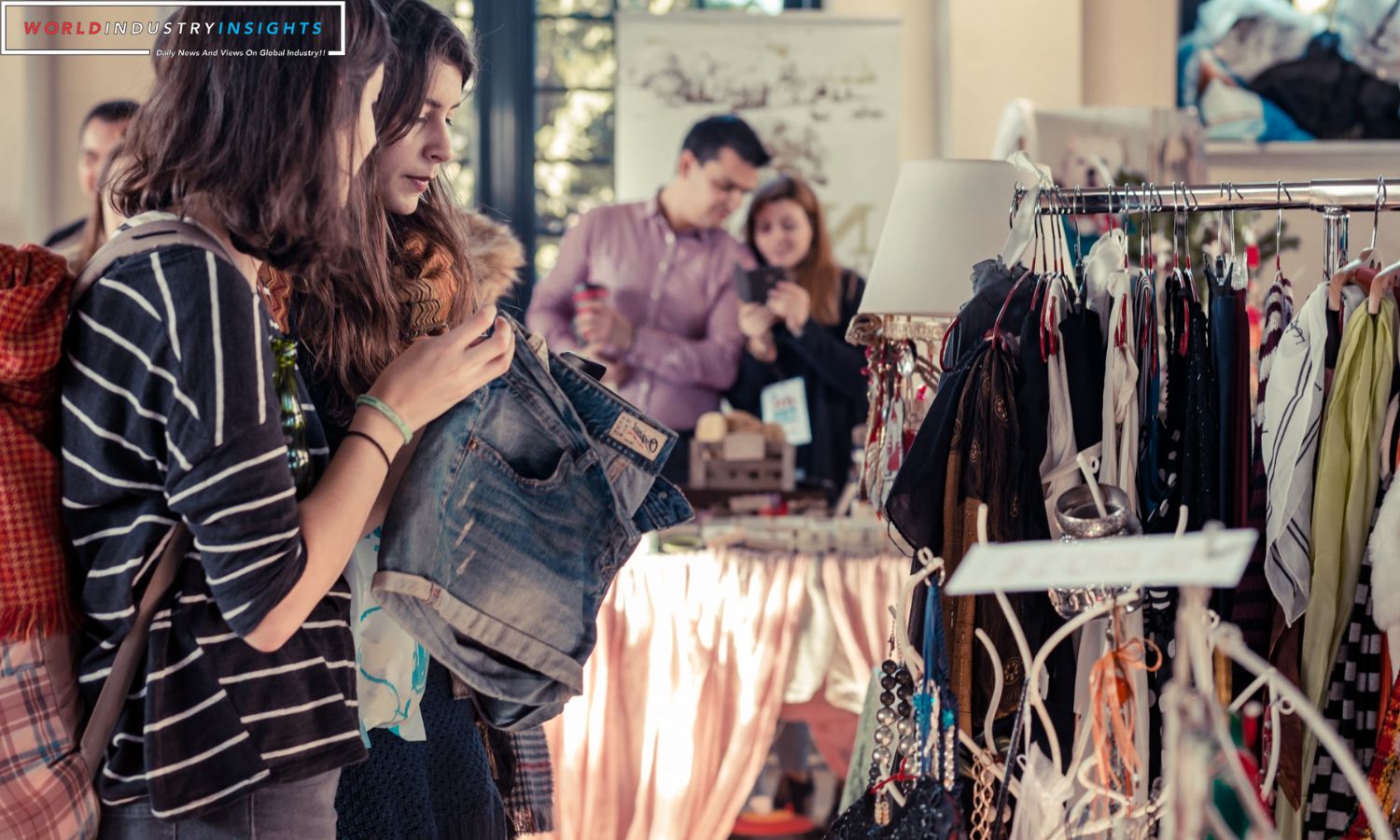Argentina Fashion Resilience: In the throes of an economic crisis with inflation soaring above 140%, hard-pressed Argentines are turning to the second-hand clothing market to navigate the financial turmoil. As the nation grapples with its worst crisis in decades, rising prices and poverty rates are reshaping the upcoming presidential election. With annualized inflation hitting 142.7% in October, the dire economic conditions are forcing citizens to seek affordable clothing options and even sell their old garments to make ends meet.
Shopping habits are adapting to the new reality. Aylen Chiclana, a 22-year-old student in Buenos Aires, highlights the shift, stating, “Today prices are unthinkable,” making new apparel purchases a luxury. The price surge, particularly in essentials like jeans, has made such items cost more than double what they were a year ago, representing a significant portion of the monthly minimum wage.
In this challenging environment, Beatriz Lauricio, a 62-year-old semi-retired teacher, and her husband turn to a clothing fair on weekends to sell old garments as a means of financial survival. The cancellation of the fair due to bad weather plunged their finances into chaos, underscoring the essential role such endeavors play in daily life.
Also Read: Fast Fashion EU Crackdown: Addressing the Mounting Waste Challenge
María Silvina Perasso, the organizer of a clothing fair in Tigre, sheds light on the situation, explaining that people flock to these markets because prices have outpaced salary increases. The economic conditions have compelled many to seek clothes at 5% to 10% of the value found in traditional stores, allowing them to provide for their families.
For María Teresa Ortiz, a 68-year-old retiree surviving on a pension and occasional sewing work, the fair becomes a lifeline for obtaining clothes that would otherwise be out of reach. She articulates the challenges, saying, “You simply can’t buy new things,” emphasizing the necessity of exploring alternatives like second-hand markets in the face of economic constraints.
As Argentina grapples with the complexities of its economic downturn, the surge in second-hand fashion markets becomes a testament to the adaptability and resilience of its citizens in navigating challenging financial landscapes.
Our Reader’s Queries
What type of clothing does Argentina wear?
In rural or traditional regions, it’s common to spot locals donning traditional Argentine attire. This includes the loose-fitting bombachas trousers worn by gauchos, along with wide-brimmed hats and vibrant ponchos.


